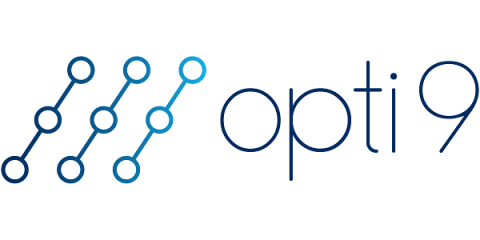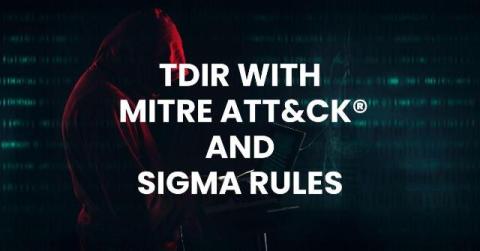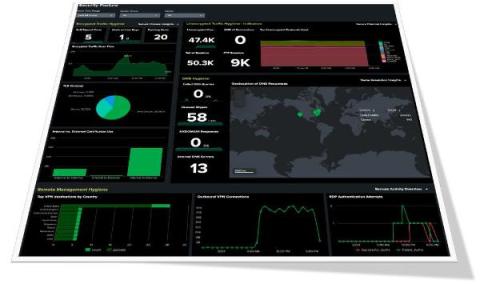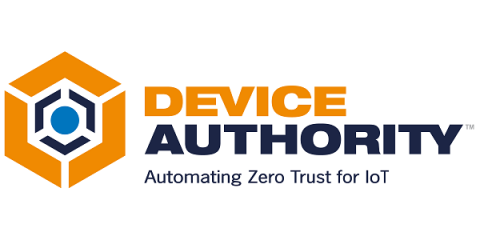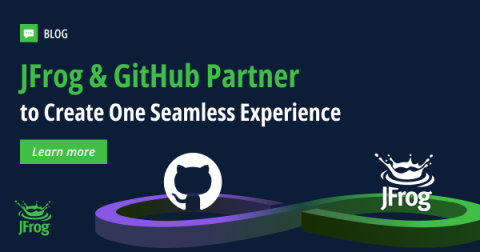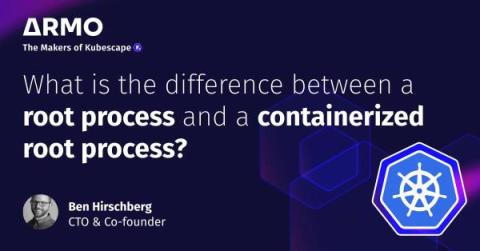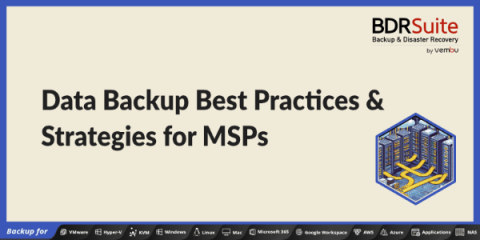Opti9's AWS Disaster Recovery: Your Path to Unmatched Cloud Resilience
Businesses today rely heavily on the cloud infrastructure provided by Amazon Web Services (AWS) to drive innovation, enhance scalability, and streamline operations. However, with this reliance comes the imperative need to safeguard against potential disruptions that compromise business continuity and an organization’s reputation. This is where Disaster Recovery (DR) steps in as a critical component of any organization’s AWS strategy.


